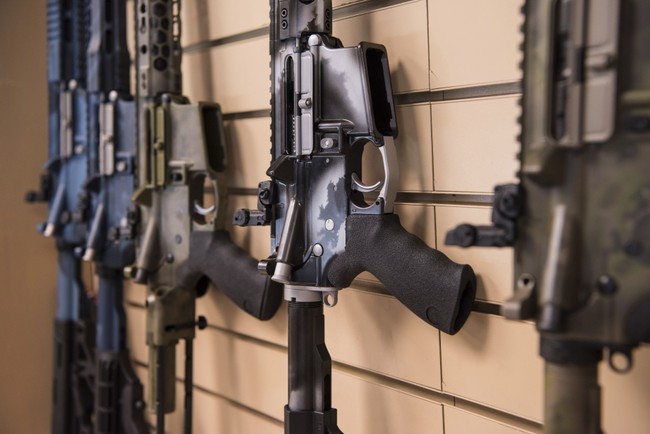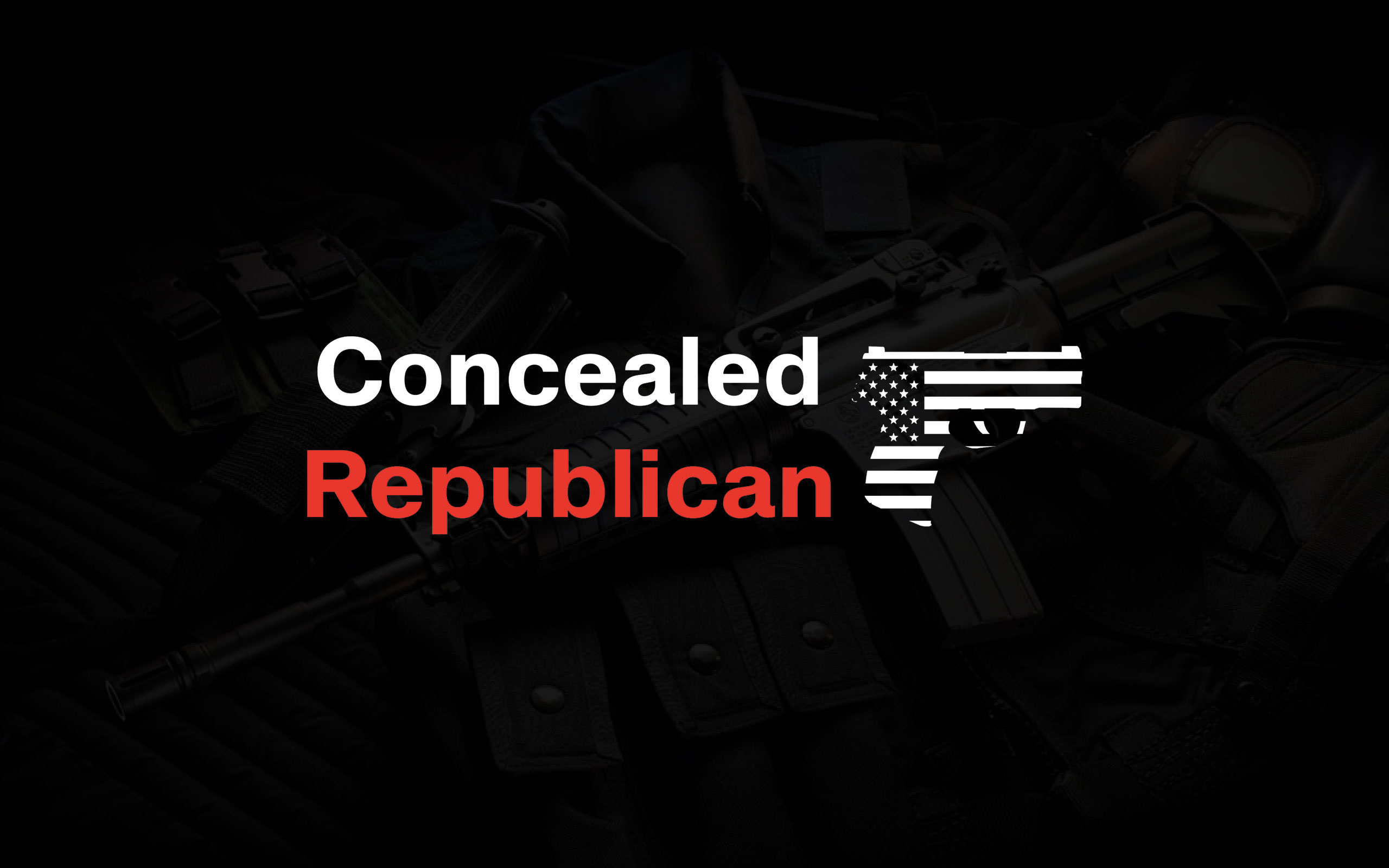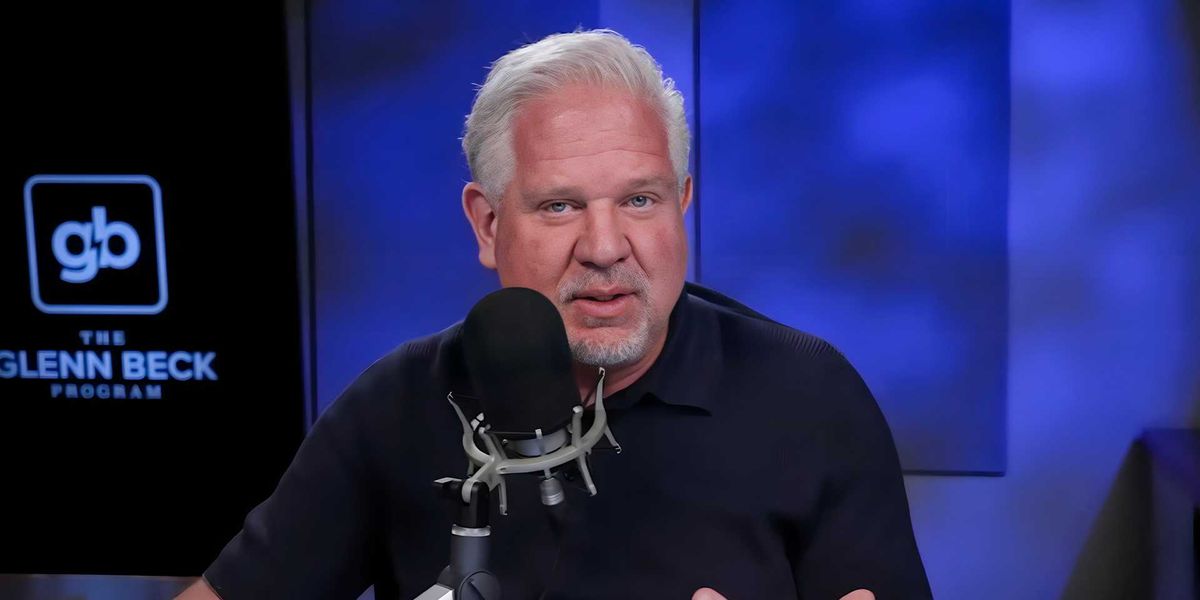As Cam noted on Friday, the Second Circuit ruled that Connecticut’s assault weapon ban and magazine restriction law was constitutional. He broke down a lot of the case then.
However, there’s one phrase the judge used that irked me to no end, because if you’re only casually following the precedent on gun law rulings, it sounds like it’s fine; only, it tells me the judge who wrote it failed to demonstrate reading comprehension.
First, let’s look at the phrase itself.
A federal appeals court Thursday refused to block two Connecticut gun control laws despite arguments that they violated the Second Amendment.
The laws faced two separate challenges from the National Association for Gun Rights, the Second Amendment Foundation, and others, who asked the Second Circuit Court of Appeals to temporarily block the laws.
But on Thursday, a three-judge panel of the court declined to do so, saying the laws were constitutional because they preserved “numerous legal alternatives for self-defense” despite their restriction of “unusually dangerous weapons.”
The problem here is that the Supreme Court hasn’t said anything about “unusually dangerous weapons.”
The Court has said “dangerous and unusual weapons” could be restricted. That’s an important point, because while I personally disagree with that caveat, it’s the precedent the judge was supposed to use, and the word “and” is pretty important here.
It matters not if someone considers a weapon “unusually dangerous.” What matters is whether the weapon is both dangerous and unusual. It has to meet both criteria, and so-called assault weapons don’t. They might be “unusually dangerous” in some people’s view, but they’re not unusual. This goes along with that other troubling phrase that is nevertheless part of precedent, “in common use.”
AR-15s and similar style rifles are most definitely in common use, with tens of millions in private hands.
What’s more, it seems the judge kind of got it for a second there.
In his opinion for the court, Judge John M. Walker Jr. said Connecticut’s laws fall within “the historical tradition of limiting the ability to ‘keep and carry’ dangerous and unusual weapons.”
While there may not be direct analogues from Connecticut’s law to historical laws, Walker said, “The Founders faced no problem comparable to a single gunman carrying out a mass murder in seconds.”
No, they didn’t face such problems. They also didn’t face problems like the use of the internet to say things the government doesn’t like, the spread of mass communication to disseminate the news, the advent of the automobile to facilitate interstate transport, or a host of other things that can create difficulties that the Founders just didn’t have to deal with.
But they gave us a framework to work within to solve those problems, and a mechanism to address things should it be needed by creating an amendment process.
That means you can’t just decide that the problem is something they didn’t face, so what they said on the topic didn’t matter. Moreover, I challenge him to show me anything from the time of the nation’s founding to suggest this is within the historical tradition of weapon restriction.
Then again, this is a judge who doesn’t seem to get that “dangerous and unusual” and “unusually dangerous” might have some of the same words, but the phrases have very different meanings.
And in matters of law, those differences matter.
Editor’s Note: Activist judges at all levels of the judiciary continue to lie about gun owners and the Second Amendment.
Help us continue to expose their left-wing bias by reading news you can trust. Join Bearing Arms VIP and use promo code FIGHT to get 60% off your membership.
Read the full article here







![Dem Lawmakers ‘Resist’ Trump Message Could Face Military Review Trump Says [WATCH] Dem Lawmakers ‘Resist’ Trump Message Could Face Military Review Trump Says [WATCH]](https://www.lifezette.com/wp-content/uploads/2025/09/2025.09.11-09.50-lifezette-68c29b80950eb.jpg)



![Trump Makes Major Move Against Minnesota Somalis in Wake of Massive Fraud Scandal [WATCH] Trump Makes Major Move Against Minnesota Somalis in Wake of Massive Fraud Scandal [WATCH]](https://www.lifezette.com/wp-content/uploads/2025/11/2025.11.22-01.09-lifezette-6921b6030b5f7.jpg)
